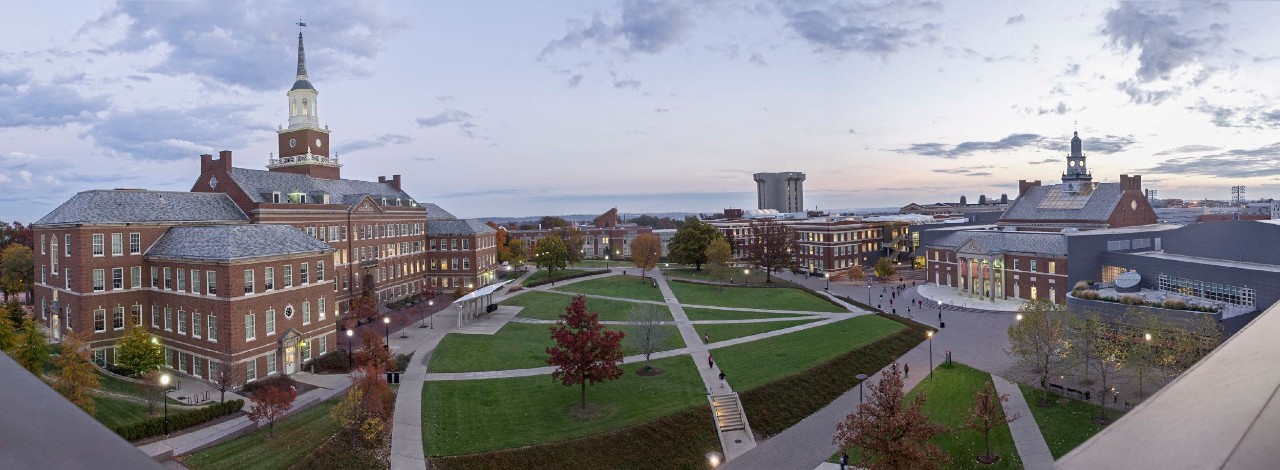
Science: UC biology grad was unheralded pioneer
Charles H. Turner fought discrimination while pursuing science after the Civil War
Science Magazine paid tribute to University of Cincinnati graduate and former professor Charles Henry Turner, who made significant contributions to science despite facing oppression and professional discrimination after the Civil War.
The Science profile said Turner's keen insights into animal cognition did not receive the credit they deserved, which not only hurt Turner's career but hindered science as well.
"The entire field of animal cognition may have developed differently," the paper concluded.

Charles Henry Turner.
Turner (1867-1923) was the first African American student to earn a graduate degree at UC. He was class valedictorian at his high school and earned both bachelor's and master's degrees while at UC.
He earned a doctorate at the University of Chicago, but when he sought employment there, he was rebuffed. According to African American historian William DuBois, Turner was passed over by a racist administrator, the Science article said.
Turner spent his career teaching high school, all the while continuing his own research. Turner was the author of 71 articles published in leading journals, where they earned many citations from fellow researchers. He conducted work in the fields of chemistry and psychology, but his greatest contribution was to biology.
His insights included a keen understanding of animal problem-solving and individuality. He observed, for example, how gallery spiders demonstrated creativity to build webs to suit the three-dimensional spaces around them, contrary to the belief at the time that their actions were wholly driven by robotic instinct.
"We may safely conclude that an instinctive impulse prompts gallery spiders to weave gallery webs, but the details of the construction are the products of intelligent action," Turner wrote.
Turner studied the problem-solving abilities of tree snakes that took a circuitous path to sneak up on unsuspecting lizards. And he observed the spatial learning of insects like burrowing bees that use landmarks to return home more than 20 years before Nobel laureate Nikolaas Tinbergen made similar observations.
According to writer Charles Abramson in the journal The Annual Review of Entomology, upon his death Turner was eulogized by his friend and fellow entomologist Philip Rau.
"The handicaps under which Dr. Turner's work was accomplished were many, and were modestly and bravely met," Rau said.
Featured image at top: A panorama of UC's Uptown campus. Photo/Jay Yocis/UC Creative + Brand
Related Stories
UC public relations course reaches vulnerable community
December 19, 2025
Rather than having students find opportunities for real world applications of their degrees beyond class, why not bring it to them in the classroom? The public relations campaigns class, offered through the communications department in UC’s College of Arts and Sciences, gives students a taste of experience in the field.
UC student breaks world record in competitive speedcubing
December 19, 2025
UC computer science student Sujan Feist set a new world record in speedcubing at competition this month in Coshocton, Ohio. Feist is the reigning world champion in the 2x2 division.
Bazinga! UC physicist cracks ‘Big Bang Theory’ problem
December 19, 2025
A physicist at the University of Cincinnati and his colleagues figured out something two of America’s most famous fictional physicists couldn’t: theoretically how to produce subatomic particles called axions in fusion reactors.
